Introduction
As climate change and environmental concerns grow more urgent, eco-conscious homeowners are turning their attention to one of the most used-and often most wasteful-rooms in the house: the kitchen. A modern, eco-friendly kitchen is no longer just a luxury. It’s a practical necessity that reduces utility bills, limits your carbon footprint, and adds value to your home.
In this comprehensive guide, we will explore eco-friendly kitchen fixtures that are designed to save both water and money. From faucets and sinks to dishwashers and water filtration systems, we’ll break down which fixtures make the biggest impact, how they work, and why they’re worth the investment.
Why Eco-Friendly Fixtures Matter
Before diving into specific fixture recommendations, it’s important to understand why sustainable design has become a non-negotiable for modern kitchens.
- Water Conservation: Kitchens account for approximately 15% of indoor water use. Upgrading fixtures can drastically reduce water waste.
- Energy Savings: Many eco-fixtures also reduce energy consumption, especially when tied to water heating or appliance performance.
- Long-Term Savings: Investing in efficient fixtures can lead to hundreds of dollars in annual savings on water and utility bills.
- Home Value: Energy-efficient, water-saving kitchens are a key selling point for eco-conscious buyers.
Now let’s examine the most effective fixtures and how they contribute to a greener, more cost-effective kitchen.
1. Low-Flow Kitchen Faucets
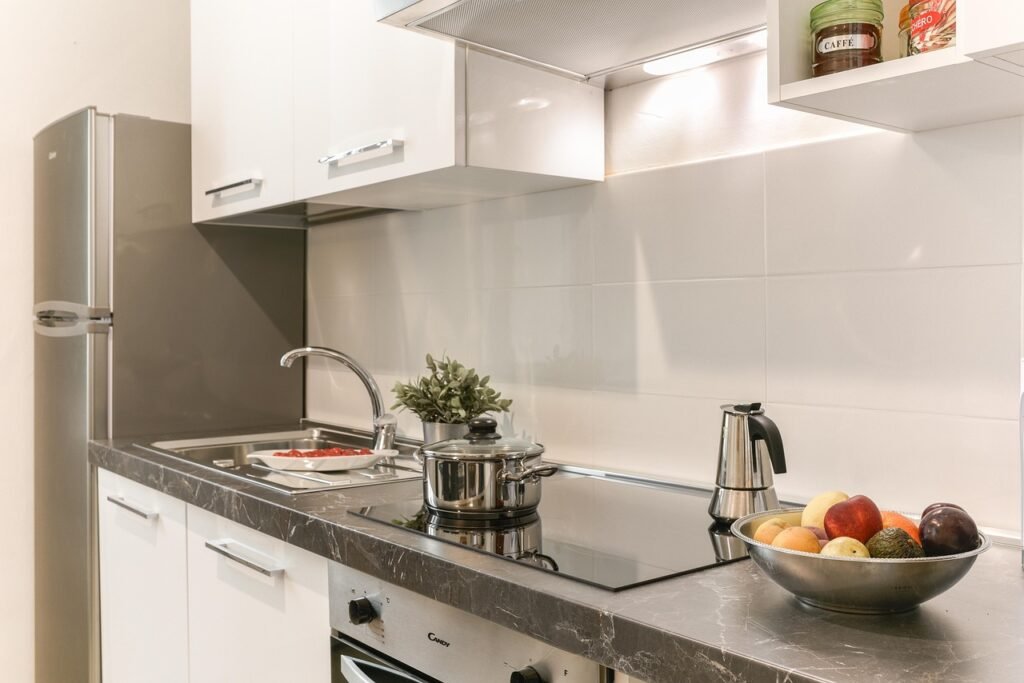
Traditional kitchen faucets use between 2.2 and 2.5 gallons of water per minute (GPM). Low-flow models bring that number down to 1.5 GPM or less without compromising water pressure. Over time, this simple switch can save thousands of gallons of water annually.
Features to Look For:
- Aerators: These add air to the stream, maintaining strong pressure with less water.
- Touchless or Motion-Sensing Technology: These faucets reduce unnecessary water flow by automatically shutting off when not in use.
- WaterSense Certification: This EPA program certifies products that are 20% more efficient than the federal standard.
Brands to Consider:
- Moen Arbor MotionSense
- Kohler Simplice
- Delta Essa with Touch2O Technology
2. Water-Saving Dishwashers
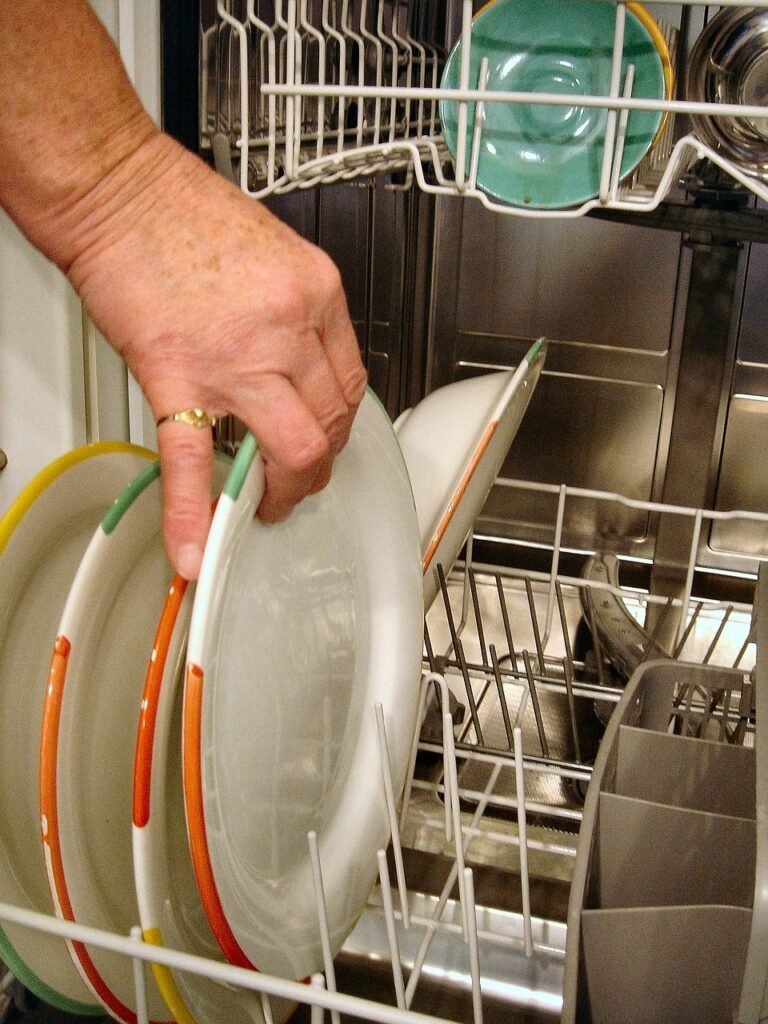
Today’s Energy Star-rated dishwashers use less than 4 gallons of water per load, compared to 6 to 10 gallons used by older models or hand washing. Not only do these appliances use less water, but they also require less energy to heat that water, resulting in compound savings.
Features That Improve Efficiency:
- Soil Sensors: Detect how dirty dishes are and adjust water usage accordingly.
- Half-Load Options: Useful for smaller households that want to run partial loads efficiently.
- Energy Star Certification: Ensures high performance with reduced water and electricity usage.
Quick Tip:
Scrape, don’t rinse. Pre-rinsing wastes water and isn’t necessary for most modern dishwashers.
3. Eco-Conscious Sinks
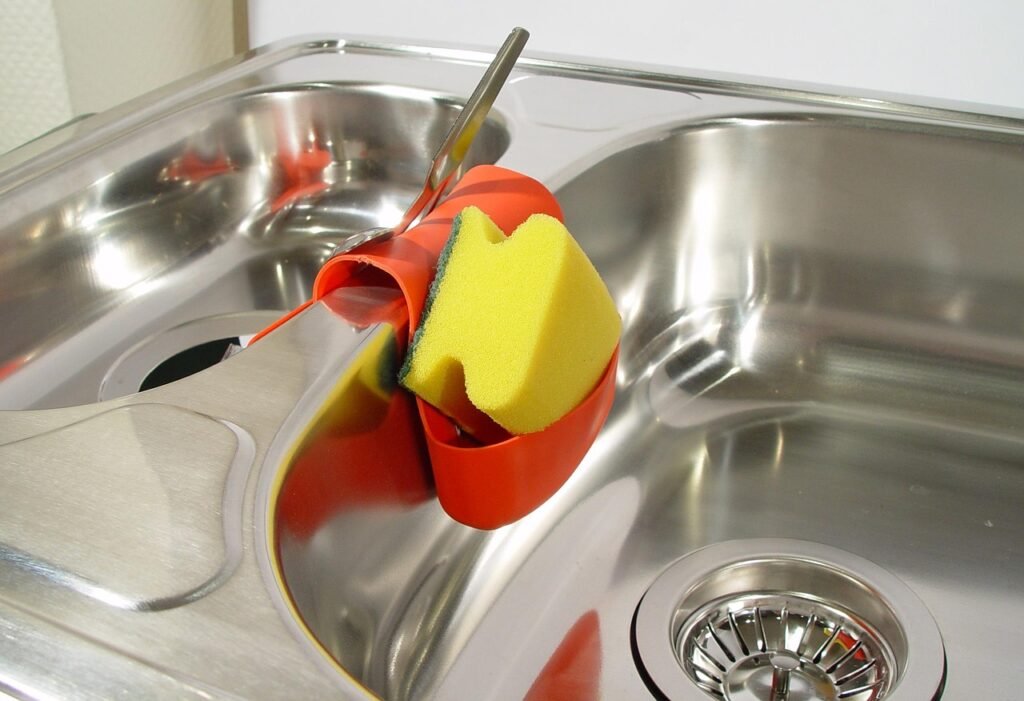
Though the sink itself doesn’t determine water usage, its design and material can influence sustainability. Undermount sinks with deep basins help reduce splash waste, while certain materials offer environmental advantages.
Best Eco-Friendly Sink Materials:
- Recycled Stainless Steel: Durable, recyclable, and often made from post-consumer materials.
- Composite Granite: Made with natural stone dust and resin, these sinks are long-lasting and resistant to chipping and cracking.
- Fireclay: Made from natural clay and glaze, fireclay is durable and completely recyclable.
Sustainable Installation Ideas:
Pair your sink with water-efficient faucets, built-in filtration systems, and composting disposals to create a fully eco-conscious station.
4. Built-In Water Filtration Systems
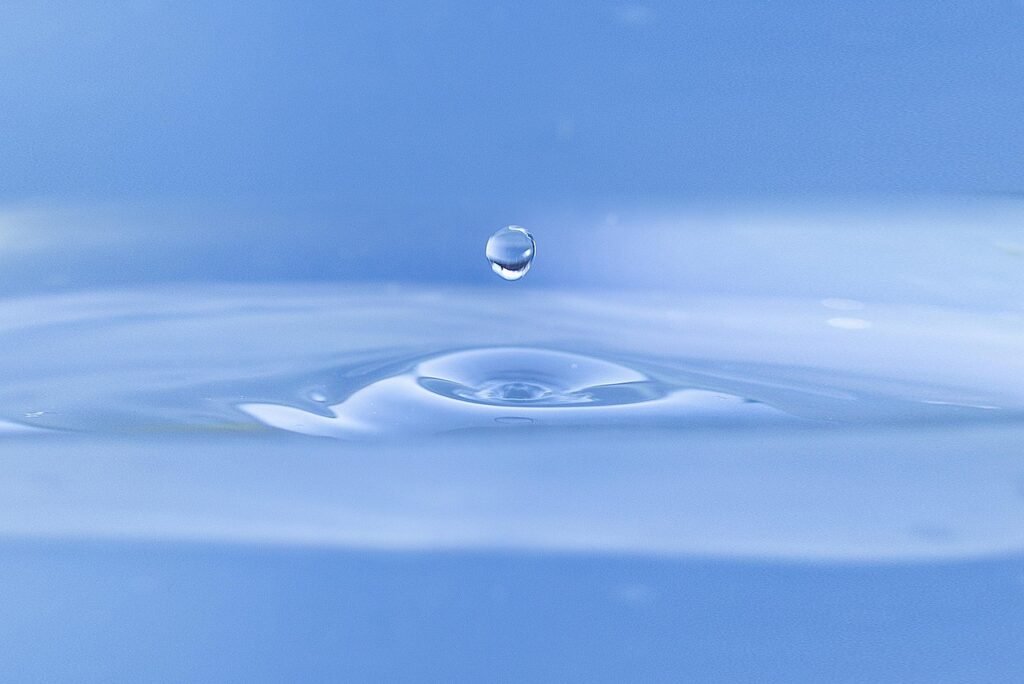
Bottled water contributes significantly to plastic pollution. A built-in water filtration system provides clean, safe drinking water straight from the tap and drastically reduces reliance on single-use plastics.
Filtration System Types:
- Carbon Filters: Remove chlorine, lead, and unpleasant odors.
- Reverse Osmosis: Eliminates a wider range of contaminants, including fluoride and arsenic.
- UV Filters: Kill bacteria and viruses, ideal for rural homes with well water.
Economic Benefits:
Installing an under-sink or integrated filtration system can save hundreds per year versus bottled water purchases and reduces plastic waste.
5. Composting Garbage Disposals
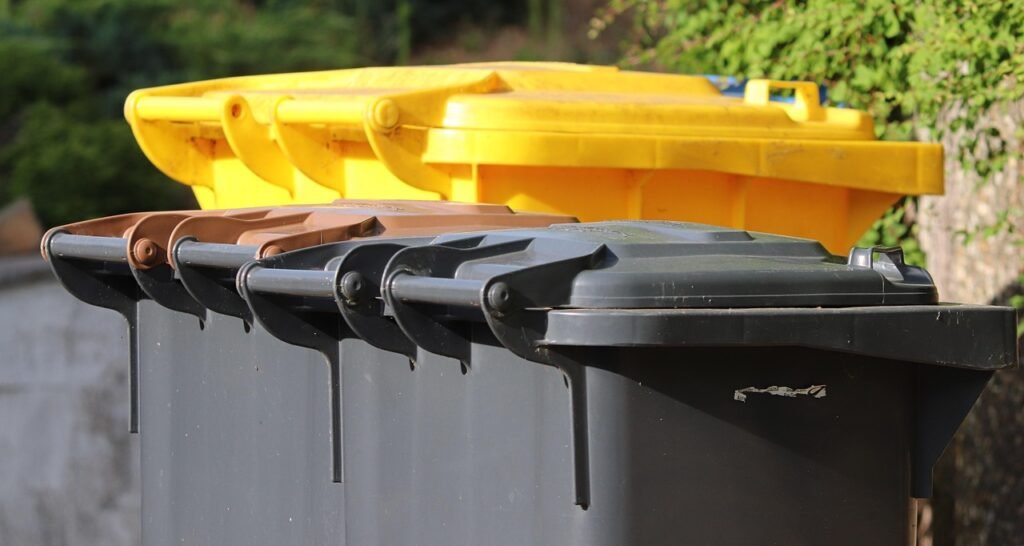
Instead of sending food scraps to landfills, composting disposals grind food waste for composting or municipal collection. These devices help reduce methane emissions and improve soil health when used correctly.
Recommended Systems:
- InSinkErator Evolution Excel with Quiet Collar Sink Baffle
- Waste King L-8000 with sound-insulated motor
When paired with compost bins or city composting programs, these fixtures can significantly reduce kitchen waste.
6. Smart Kitchen Faucets
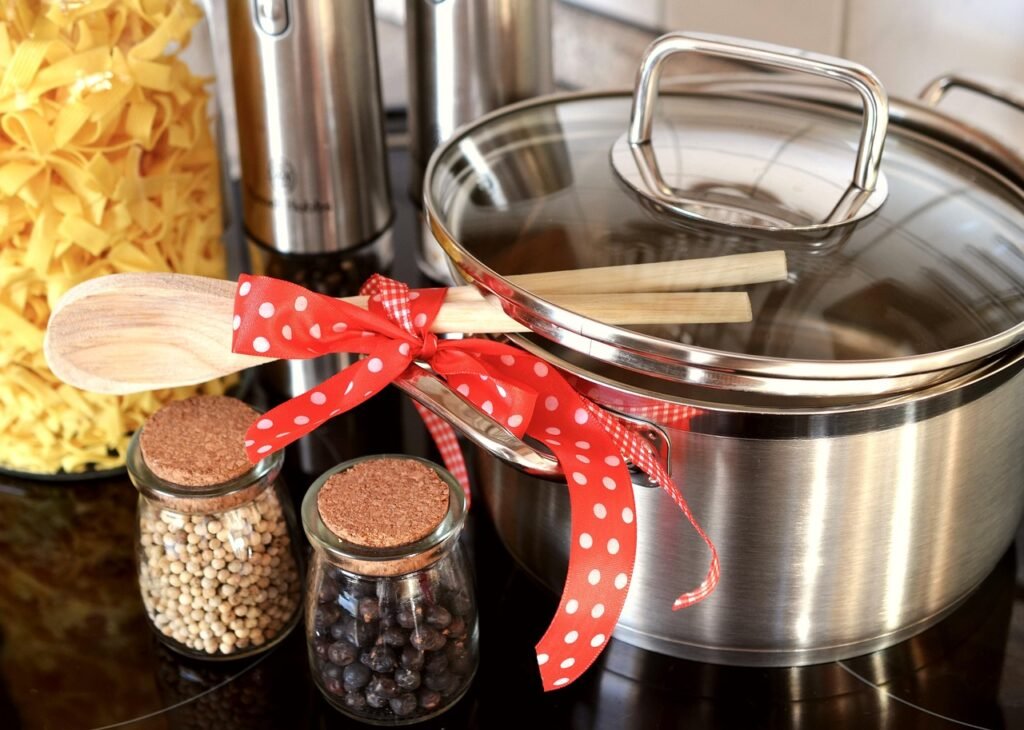
Smart faucets go a step beyond low-flow designs by offering customized usage patterns and leak detection, giving homeowners precise control over their water consumption.
Benefits of Smart Faucets:
- Preset temperature and flow rates
- Real-time monitoring via mobile apps
- Leak alerts to prevent unnoticed water damage
These advanced fixtures often integrate with other smart home systems, making them a top choice for modern eco-kitchens.
7. Greywater Collection Systems

Though more complex to install, greywater systems recycle gently used water from sinks and dishwashers to be reused for non-potable functions like garden irrigation.
How They Work:
Water from your kitchen is filtered and redirected to external tanks or directly into landscaping systems.
Long-Term Gains:
- Reduces water waste
- Lowers utility bills
- Supports drought-resistant landscaping
This is a more advanced fixture upgrade that may require permitting, but the environmental benefits are substantial.
8. Energy-Efficient Instant Water Heaters
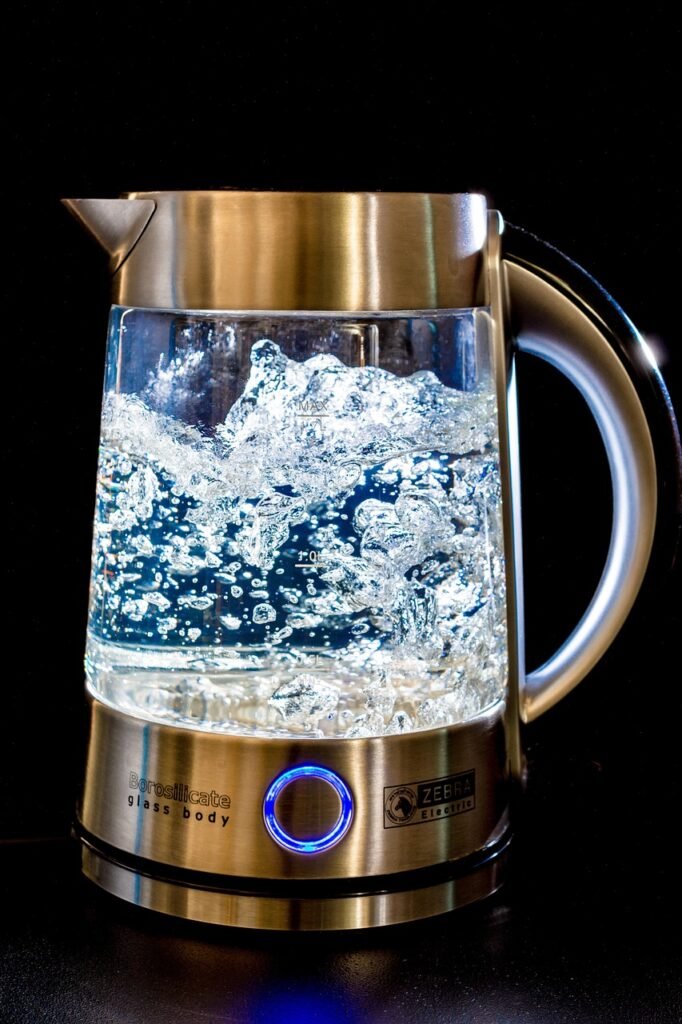
Hot water at the kitchen sink is essential, but traditional water heaters waste energy keeping water hot even when not in use. Tankless or point-of-use water heaters provide hot water on demand, improving efficiency.
Key Benefits:
- Reduces standby energy losses
- Uses 24% to 34% less energy than storage tank heaters
- Compact and easy to install under the sink
This upgrade is especially beneficial in homes with distant water heaters that take a long time to deliver hot water to the kitchen.
9. Dual-Function Faucets (Filtered + Tap Water)

Combining standard tap water with a built-in filtration system, dual-function faucets allow you to use filtered water for drinking and unfiltered water for cleaning-all in one device.
Benefits:
- Reduces clutter by eliminating countertop filtration units
- Saves money by reducing bottled water costs
- Improves taste and safety of drinking water
Dual-function designs enhance both sustainability and convenience in a compact fixture.
10. Faucet Timers and Flow Restrictors
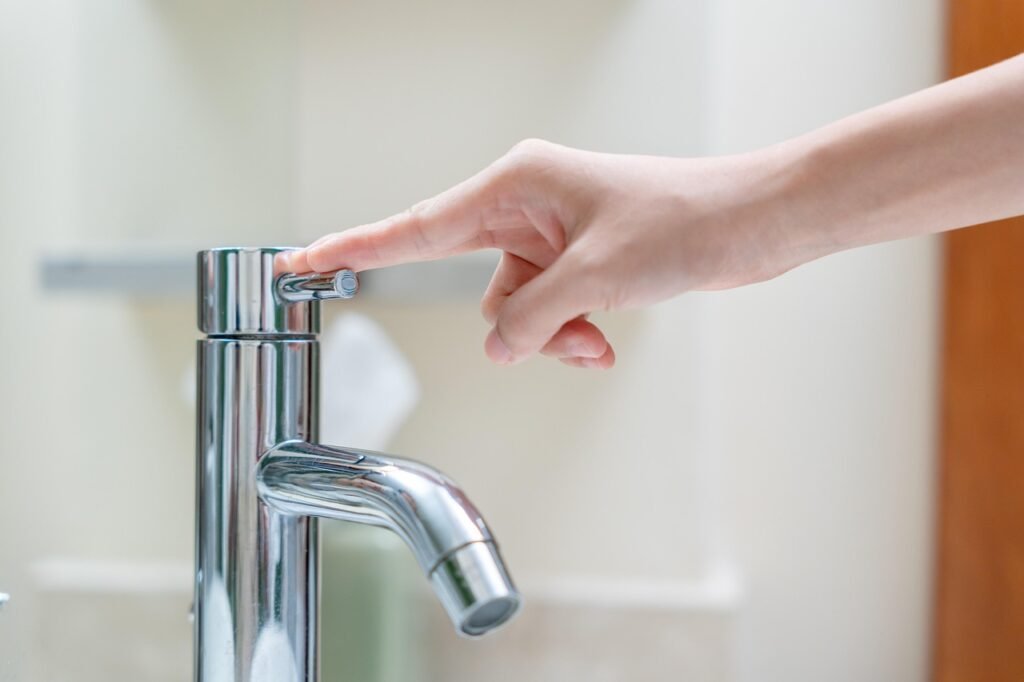
These budget-friendly additions help regulate water usage at the point of flow, especially helpful for large households or commercial kitchens.
Types of Restrictors:
- Inline restrictors for existing faucets
- Timers that automatically shut off after a set duration
- Foot pedal controls that prevent unnecessary flow
Easy to install and highly effective, these tools are a must-have for kitchens aiming to maximize water efficiency.
Design and Aesthetic Considerations
You don’t have to sacrifice style when going green. Modern eco-friendly fixtures come in a wide array of finishes and designs that complement any kitchen aesthetic, from farmhouse to ultra-modern.
Popular Finishes:
- Brushed nickel
- Matte black
- Brushed brass
- Recycled glass or metal composites
When curating your kitchen design, consider how each fixture contributes to the overall visual narrative while still aligning with sustainability goals.
How to Retrofit an Existing Kitchen
You don’t need a full remodel to make your kitchen more sustainable. Here’s how to update your current space:
- Replace outdated faucets with low-flow models
- Add flow restrictors or aerators to existing fixtures
- Upgrade to an Energy Star-certified dishwasher
- Install an under-sink filtration system
- Use compost bins and reduce landfill waste
- Switch to LED lighting in fixtures and under-cabinet strips
- Seal leaks and insulate water pipes to prevent heat loss
These simple changes can result in a noticeable reduction in your environmental footprint and utility costs.
Long-Term Return on Investment
Though eco-friendly kitchen fixtures may require a higher upfront cost, the return on investment is undeniable.
Typical Savings:
- Up to 50% reduction in water usage
- Hundreds of dollars saved per year in utilities
- Increased property value
- Federal or local rebates and incentives for sustainable upgrades
When you consider both environmental and financial returns, the decision to go green in the kitchen is a smart one.
Conclusion: Eco-Friendly Fixtures for a Smarter Kitchen
As we move into a future shaped by climate awareness and sustainability, kitchens must evolve to reflect these values. By incorporating eco-friendly fixtures into your kitchen-whether during a remodel or through small retrofits-you’ll not only lower your bills but also contribute to a healthier planet.
At Wenoworks, we believe that sustainable living starts at home. Our curated selection of high-performance, water-saving kitchen fixtures helps homeowners design kitchens that are stylish, functional, and environmentally responsible.
Explore our full collection online or contact us for expert advice on transforming your kitchen with eco-friendly fixtures that make a lasting difference.